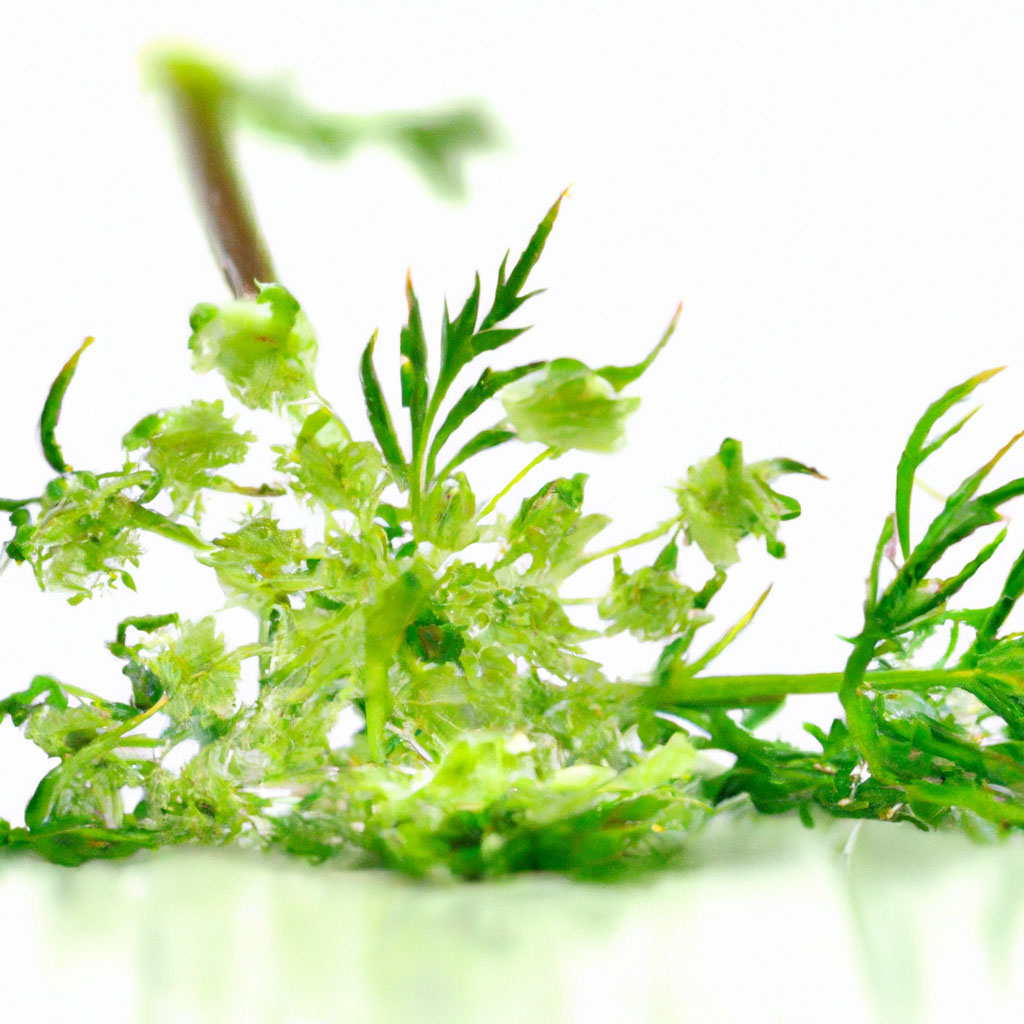Botanical Name: Myrrhis odorata
Sweet cicely is a perennial herb known for its sweet, anise-like flavor and medicinal benefits. Native to Europe, particularly the mountainous regions of Scandinavia and Central Europe, sweet cicely is a member of the Apiaceae family, which includes other aromatic plants such as fennel, parsley, and dill. This hardy herb is cherished for its culinary uses and is often found in gardens for its pleasant scent and ability to attract beneficial pollinators.
Sweet cicely is a visually striking plant, growing up to 2 meters tall, with feathery, fern-like green leaves and small, delicate white flowers that bloom in clusters during late spring to early summer. One of its most appealing characteristics is its pleasant, sweet aroma, which closely resembles anise or licorice. The entire plant, including the leaves, seeds, and roots, can be used for different purposes, offering a natural sweetness with a mild herbal undertone.
Sweet cicely has long been valued for its ability to add natural sweetness to dishes, which makes it a popular ingredient in cooking and baking. Its leaves are often used as a sweetener in fruit-based desserts, jams, and compotes, reducing the need for added sugar. For instance, in traditional recipes involving tart fruits like rhubarb or gooseberries, sweet cicely is added to balance the sourness, creating a naturally sweetened dish. Its seeds can also be used in cakes, bread, and biscuits, where they lend a subtle licorice flavor.
The plant’s leaves can be chopped and added to salads or used as a garnish for soups, adding a delicate flavor and visual appeal. Additionally, sweet cicely roots can be cooked like parsnips or carrots, contributing a sweet, aromatic taste to savory dishes.

